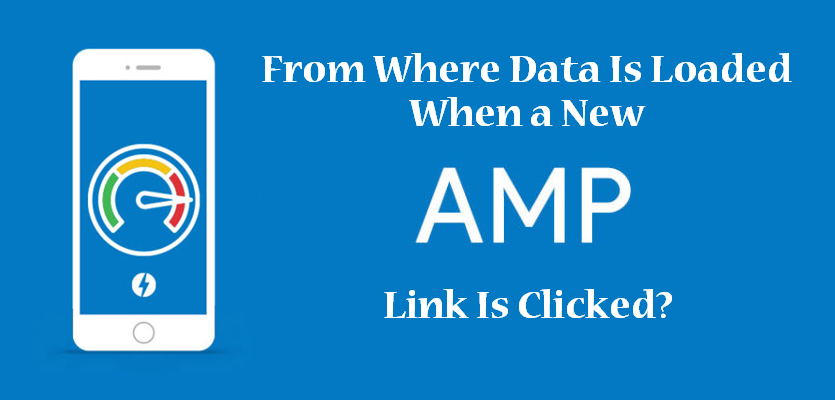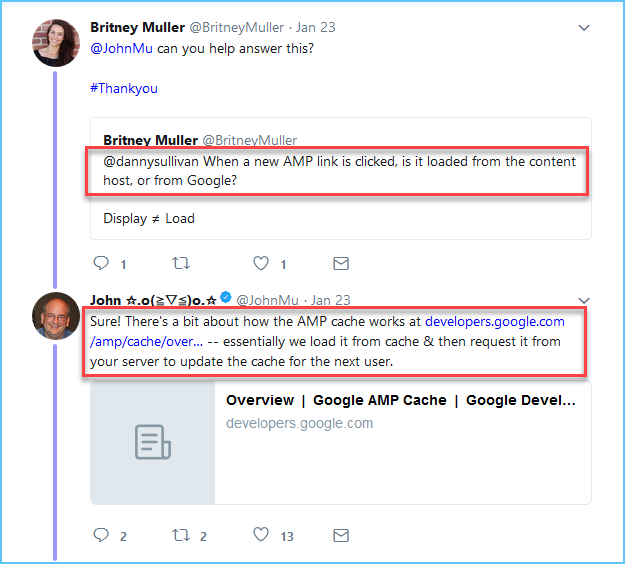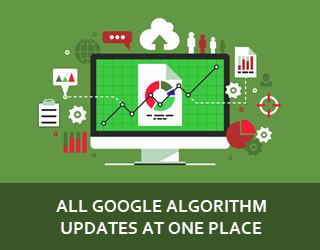From Where Data Is Loaded when a New AMP Link Is Clicked?
Posted On : January 25th, 2018 By : Durga Prasad Kundu To : GoogleWe all have come across the term “AMP” which helps to create mobile optimized content to provide a fast user experience. But, do you know when a new AMP link clicked, from where data is loaded?
During a recent discussion on Twitter, John Mueller said, when a new AMP link is clicked, Google actually loads it from its AMP Cache and then requests the data from website’s server to update the cache for upcoming users.
How It Works
Usually Google fetches a document directly from the website’s server when a user clicks the link of that document appeared in search results. But when a user clicks on a new AMP document, that document gets fetched from Google AMP Cache. Then the cache requests updated data from the website’s server automatically to provide fresh data to the next users. One major benefits of this model structure is AMP documents get updated automatically.
The Google AMP cache follows a “stale-while-revalidate” model. This model uses some original caching headers like max-age, which helps it to decide whether a resource or document is stale. So, whenever any document or resource that is stale being requested by users, a new copy of that gets fetched to serve the fresh content to upcoming users.
He is the leading web developer at SUVAANCE Internet Marketing Services Pvt. Ltd. Being a fanatical coder & developer; he keeps surprising others with unique insights in designing issues and sharing humorous jokes in social platforms as well!






